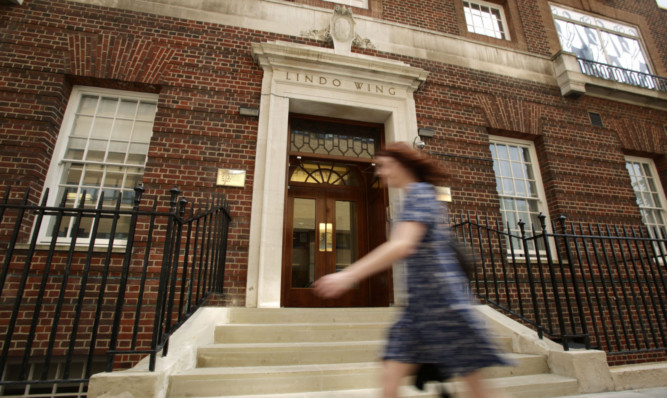The Duchess of Cambridge’s decision to opt for a natural birth comes amid growing concern among health experts about a rising number of women undergoing caesarean sections.
By planning to have her baby the natural way, Kate avoids the “too posh to push” label often given to those who choose an elective caesarean.
It has been confirmed the duchess will give birth in St Mary’s Hospital in central London, where Diana, Princess of Wales, gave birth to Kate’s husband, William.
One in four births in England, or 25%, are by caesarean section compared with a figure of fewer than one in 10, or 9%, in 1980. Women giving birth by caesarean have a higher risk of blood clots, infection and bleeding than those undergoing a vaginal birth.
The rate of caesarean sections, at a greater cost than a natural birth, is also believed to be placing a financial strain upon the NHS and increasing pressure on medical staff.
The World Health Organisation recommends a rate of 15% of deliveries by caesarean section.
Patrick O’Brien, a spokesman for the Royal College of Obstetricians and Gynaecologists, and a consultant obstetrician and gynaecologist at University College London Hospitals, said affluence may have a small part to play in fuelling the demand for caesareans giving rise to the expression “too posh to push”.
He said the major factors were more older mothers and growing levels of obesity, however.
“We know that the older you are the greater your chances of having a caesarean, and that is one big factor,” he said.
“The second big factor is related if you have other medical problems, pre-existing medical problems such as diabetes or high blood pressure when you become pregnant, you have a higher chance of having a caesarean.
“If the pregnant population is getting older then it is more likely that these other pre-existing medical conditions are there.
“The third factor is women’s weight. We know that women who are very overweight are much more likely to have a caesarean section.
“I suspect that there is a higher chance of women asking for a caesarean in an affluent area but I think that is only a small part of the explanation. I think a bigger part of it is age.”
